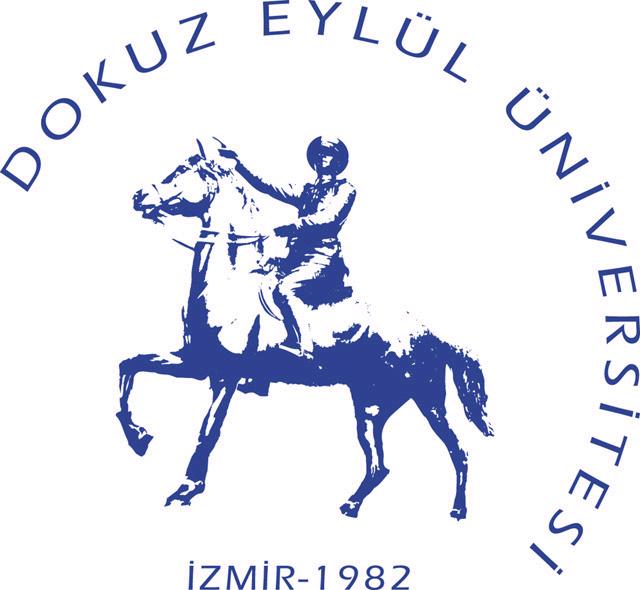EEE5076-BIOMEDICAL SIGNAL PROCESSING
COURSE OBJECTIVES:
Biomedical signal analysis centers on the processing of signals that emanate from living systems. These vital signals permit us to probe the state of the underlying biologic and physiologic structures and dynamics. There are a lot of electrical signals that can be obtained from within the human body such as ECG, EEG, and others. The efficient evaluation of these signals require knowledge on how to interpret information hidden in these signals. This course first will describe the fundamentals of human physiology, especially the cardiovascular and nervous systems. Then it will introduce the fundamentals of biosignals and digital signal processing techniques. Finally it will cover in detail various basic and advanced signal processing techniques for the analysis of ECG and EEG signals.
SYLLABUS:
| WEEK 1-- |
Anatomy and Physiology |
| WEEK 2-- |
Anatomy and Physiology cont. |
| WEEK 3-- |
Bioelectric Phonema |
| WEEK 4-- |
Biomedical Signal Processing; physiological origins, charecteristics, signal acquisition, frequency domain representation, digital filters |
| WEEK 5-- |
Physiological modeling; for ear, eye movement muscle and respiratory system |
| WEEK 6-- |
Cardiovascular Mechanics |
| WEEK 7-- |
Tissue Engineering |
| WEEK 8-- |
Midterm Exam 1 |
| WEEK 9-- |
Biomedical Signals; ECG |
| WEEK 10-- |
Biomedical Signals; EEG |
| WEEK 11-- |
Biomedical Signals; EMG |
| WEEK 12-- |
Time Frequency Analysis for Biomedical Signals |
| WEEK 13-- |
Wavelets for Biomedical Signals |
| WEEK 14-- |
Midterm Exam 2 |
TEXTBOOK:
J. D. Enderle, et. al. "Introduction to Biomedical Engineering", Academic Press, 2000.
SUPPLEMENTARY TEXTBOOKS:
1. System Theory and Practical Applications of Biomedical Applications, G. D. Baura, John Wiley Interscience, 2002.
2. Biomedical Signal Processing, Metin Akay, Academic Press, San Diego, 1994.
3. Rapid EEG Interpretation, M. G. Khan, Third Edition, Human Press, 2003.
4. EEG Signal Processing, S. Sanei, J. A. Chambers, John Wiley and Sons, 2007.
5. Advanced Methods and Tools for ECG Data Analysis, G. D. Clifford, F. Azuaje, P. E. McSharry, Artech House, 2006.
LECTURE NOTES:
HOMEWORKS:
ASSIGMENTS:
EXAMS:
PROJECT:
In this course, a project will presented by the students. Projects can be done individually or by teams of two or four students. You can use MATLAB in your project. The projects will be graded based on a project report as well as an in-class presentation.
Subject of the Term Projects (in Turkish)
Project presentation rules (in Turkish)
GRADES:
| Grade Section |
Percent (%) |
| Exams |
40 |
| Project |
40 |
| Final Exam |
20 |
|
| 
